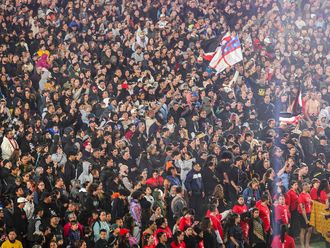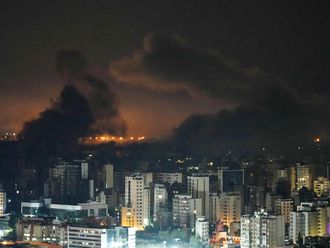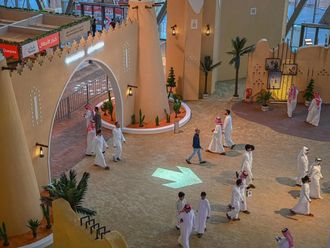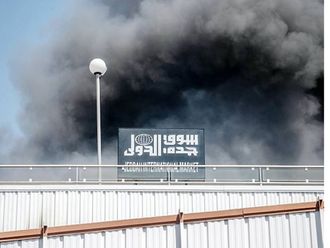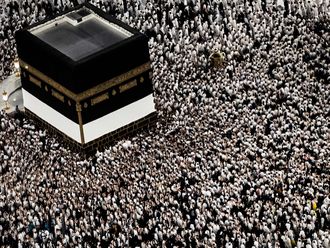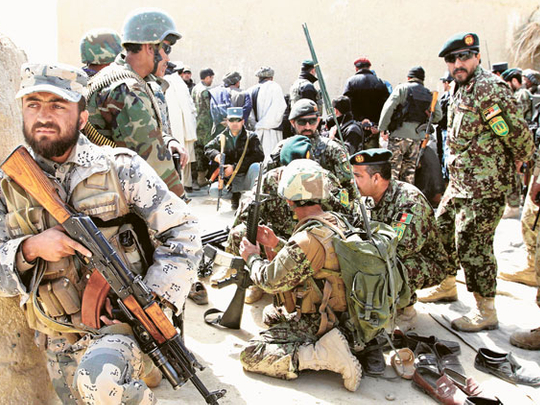
Kabul Beneath a leaden sky on a bitter morning on the outskirts of Kabul, hundreds of Afghan army recruits are marching to the sound of a drum.
It is the daily drill lesson at the vast Kabul Military Training Centre (KMTC), once a former Soviet army base, now the main military academy of the Afghan National Army.
The march of choice is the goose-step, one of the many peculiarities inherited from the Russian occupation — and the parade is an impressive spectacle.
The recruits' uniforms might not be a perfect fit and many have yet to master the morning shave, but there is no doubting their commitment. Three years ago, the British Army and other members of the international coalition were right at the heart of the Afghan army training programme, teaching the fundamentals of shooting, map-reading and drills.
But today the Afghans themselves are in charge and the small team of International Security and Assistance Force (ISAF) instructors play only an advisory role.
Failure no option
"What you have here is the future," WO1 Daz Freeman, the Regimental Sergeant Major of the KMTC Officer Training School, explains as the Afghan recruits marched past.
"When we go they will have to confront the Taliban and, believe me, they are up for the fight. We've got two years to get them ready and failure is not an option."
As WO1 Freeman explains Soviet drill, a squad marches past clearly out of step. The RSM shakes his head before adding: "They might not be world class but then they don't need to be."
Not just at marching; in the words of Colonel Mike Minor, the Canadian commander of the KMTC Advisory Group, the aim is to get the recruits to a level where they are "Afghan good enough".
It is a phrase that rings around the ISAF headquarters and represents a more qualified understanding of what is achievable. It also forms the basis of the ISAF withdrawal plan: the minimum level which must be achieved by the Afghan National Security Forces (ANSF) if they are to stand any chance against the Taliban once the majority of the 130,000 ISAF troops depart. And time is running out.
By the end of 2014, "transition", the process in which responsibility for security of country will move from ISAF to the Afghans, must be complete. But the road to withdrawal will not be easy or without risk as was tragically demonstrated last week when six British soldiers were killed when an improvised explosive device destroyed a Warrior armoured vehicle. The soldiers were on patrol in the border area between Helmand and Kandahar province.
In Helmand and throughout Afghanistan the role of British and ISAF troops is not so much about killing the Taliban but more about buying time — with their lives if necessary — to allow the Afghans to reach a level where they can face the terror group on their own. It is a tough task for the British troops who have seen 404 of their number killed in action and thousands more wounded. Many more are likely to be killed in action before transition is complete.
To have a fighting chance against the Taliban, the ANA must reach a level of 195,000 troops — twice the size of the British Army - by the end of 2014, which will give the combined ANSF a total strength of around 340,000. As I observed last week at the KMTC, a few miles east of the capital, there is no shortage of raw recruits willing to join the Afghan army despite the prospect of being sent to the front line.
And, considering the package on offer, it is not too surprising. As well as a basic salary of £115 (Dh661) a month, double the national average, recruits also receive 64 hours of literacy during the eight-week basic training course.
Every day around 2,800 recruits sit down in a tented camp known as "Literacy Village" where they are taught how to read, write and count by a small group of 100 teachers. Only six per cent of fresh recruits are literate.


